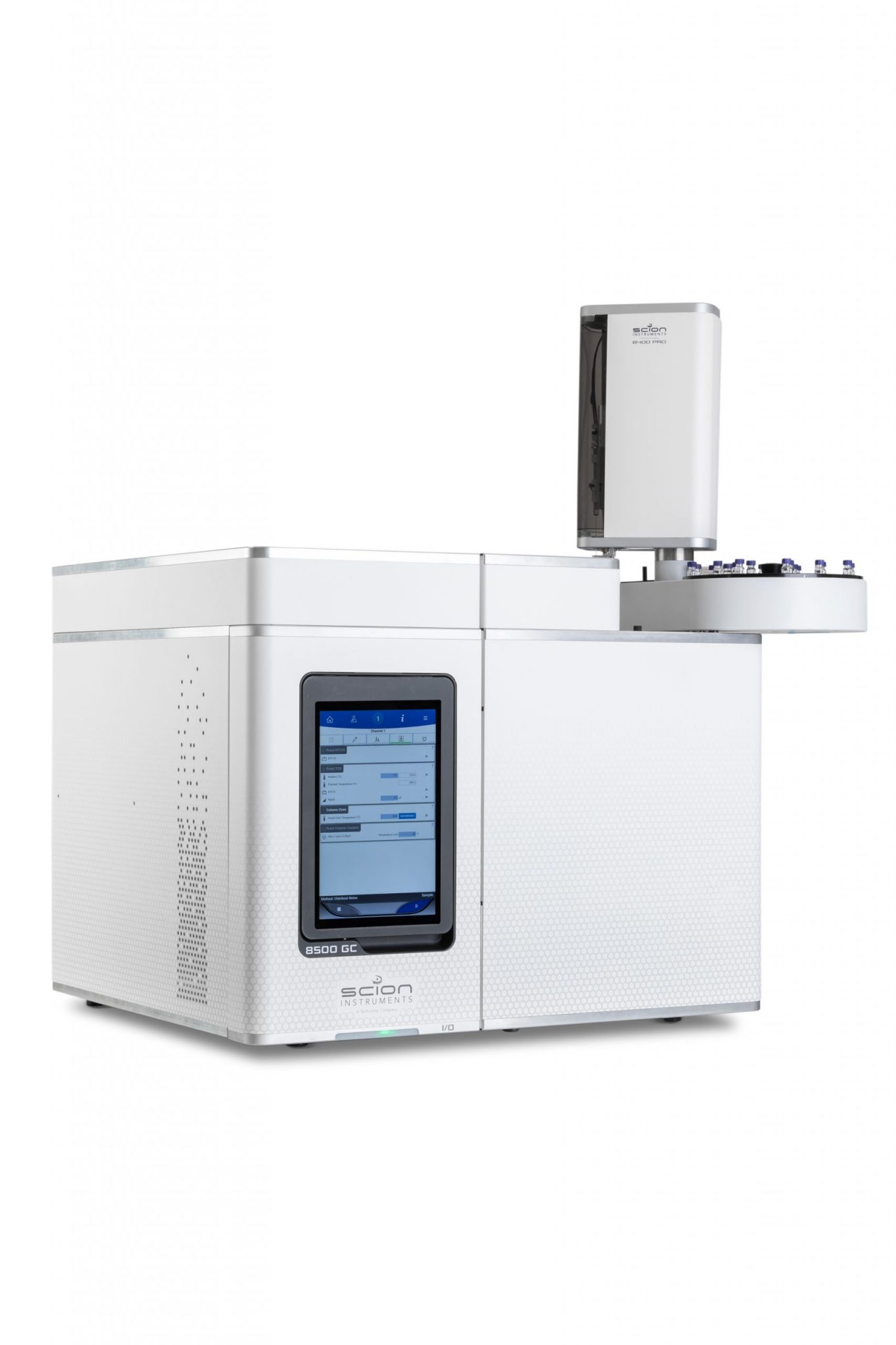A Simple Guide To Chromatography
What is chromatography and how does it work?
Chromatography is most simply, the separation of a mixture into its component parts. The mixture being analyzed is dissolved in the mobile phase, which will then carry the mixture through the stationary phase.
| See our chromatography terminology guide for definitions. |
Each component in the mixture will interact with the stationary phase differently which causes them to be separated from each other. The properties of the mobile and stationary phases will determine the rate at which each component travels. The time travelled is termed the retention time.
The three basic components of chromatography are:
• The stationary phase which is always either a solid phase or a liquid layer which is adsorbed onto a solid surface.
• The mobile phase which is always either a liquid or gas
• The separated molecules
How accurate is gas chromatography?
GC is a very accurate and reliable technique for identifying compounds – this is because the results are based on the properties of the analyte and therefore results can be easily replicated.
Is gas chromatography qualitative or quantitative?
Gas chromatography can be used for both qualitative and quantitative analysis.
How does gas chromatography determine concentration?
The peak area of a compound is directly proportional to the amount that is present within the sample however, this only represents the instrument response and not the concentration.
There are different methods we can use in order to determine analyte concentration. A simple example is using an analytical reference material of the target analyte(s) to prepare a single point standard.
This standard, containing known concentrations of the target analytes is then used to calculate the unknown concentrations of the target analytes present within samples.
Sample preparation and changes in the performance of the instrument can lead to variation in results. One way to combat this is the internal standard method, this is where each sample is spiked with a chemical substance of a known concentration.
Results are calculated not by using the peak area of the target analyte but by using the peak area ratio which is calculated as follows:
Peak Area Ratio = “Peak area of analyte” /”Peak area of IS”
See our comprehensive guide on internal standards for more information
How can chromatography be used to test the purity of a substance?
Material purity can be determined by the use of chromatography. The higher the purity of the material the less impurities that will be present i.e. there will be fewer peaks on the chromatograph.
Can chromatography be used to separate volatile substances?
Volatile substances can be separated by gas chromatography – the technique analyses volatile substances in the gas phase.
Gas chromatography works by dissolving the sample in a solvent and then vaporizing the sample in order to separate the analyte. Gas chromatography can only be used to separate volatile analytes – if the analyte is not volatile we can use derivatization extraction techniques to put the analyte into a more volatile form which will therefore be more amenable to analysis, or use HPLC as the chromatography technique.

